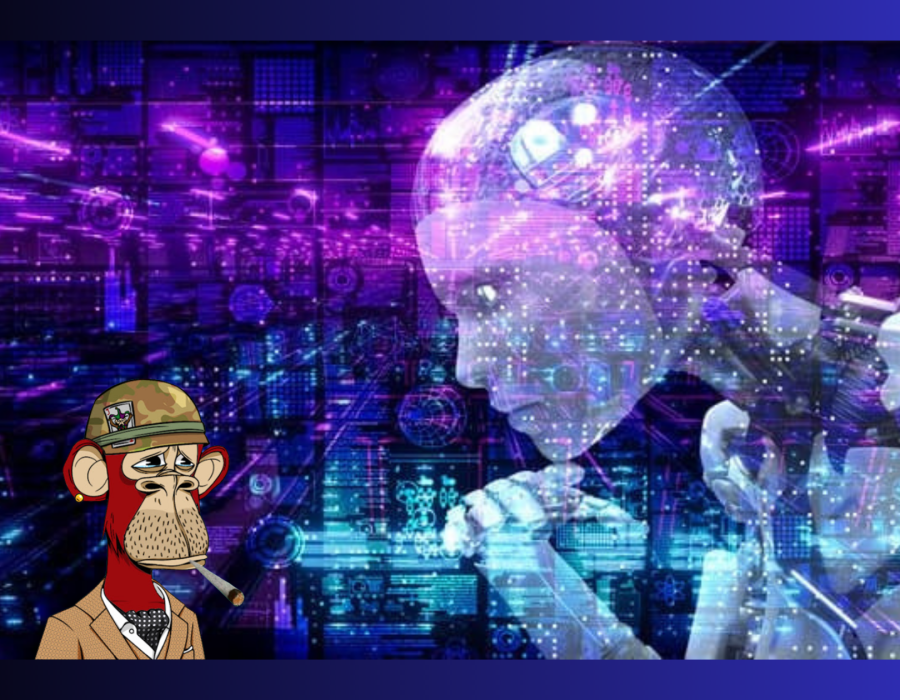Understanding the Problem of Fake NFTs
As the demand for NFTs continues to grow, the issue of fake NFTs becomes more prevalent. Fake NFTs can be created by hackers or scammers who try to replicate existing NFTs or create entirely new ones that look authentic but are, in reality, fake. The creation of fake NFTs is a significant problem that can cause significant financial and reputational damage to both creators and buyers.
AI helps to regain NFTs' uniqueness and authenticity
One technique to prevent fraudulent mints is to cancel an NFT platform’s “permissionless” status and limit the rights to mint NFTs. However, this would violate the web3 ethos, putting NFT marketplaces in a difficult position.
NFT marketplaces, brands, and artists want systems that can detect fakes without limiting access or gatekeeping these platforms. Artificial intelligence-powered content identification and fraud detection solutions are helping tremendously in this regard.
They can differentiate between originals and forgeries to levels that the naked human eye cannot. AI models are a major changer in anti-counterfeiting, especially with the rising number of NFT initiatives. These technologies can handle hundreds of millions of assets each day with 99.9% accuracy.
In fact, several of the major NFT marketplaces, like as OpenSea and Fair.xyz, have just begun adopting AI technologies to assist with near real-time copy mint detection. This means that AI solutions may evaluate new and current collections for a variety of factors. Based on the data, they may discover possibly fraudulent NFTs and either remove them immediately or tell marketplace moderators to take appropriate action.
Although copy minting is currently a source of concern for stakeholders across the NFT landscape, innovative solutions such as these can usher in a brighter future. They can restore the validity and originality of NFTs by recognizing counterfeits in comparison to the immutable, on-chain data for the originals.
This will help to increase investor trust, attract more institutional funding, and improve adoption. And they are among the most important assets for NFTs as the sector matures.
Final Thoughts
The rise of NFTs has brought a new level of creativity and innovation to the art world, but it has also brought the challenge of identifying fake NFTs. Fortunately, AI can help to detect fake NFTs through its ability to analyze large amounts of data and detect patterns that are difficult for humans to detect. By partnering with an experienced NFT marketplace development company that understands the importance of security and authenticity, businesses and artists can leverage AI-powered solutions to protect their investments and ensure that their NFTs are genuine. As the market for NFTs continues to grow, it is essential to stay ahead of the curve by embracing the latest technologies and partnering with experts who can help you navigate this exciting and rapidly evolving space.
Get in touch with our experts..,
Whatsapp - +91 7339677286
Skype - live:62781b9208711b89
Email Id - [email protected]
Telegram - https://telegram.me/Clarisco
Book a Free Demo - https://rb.gy/rzcdrp





Comments